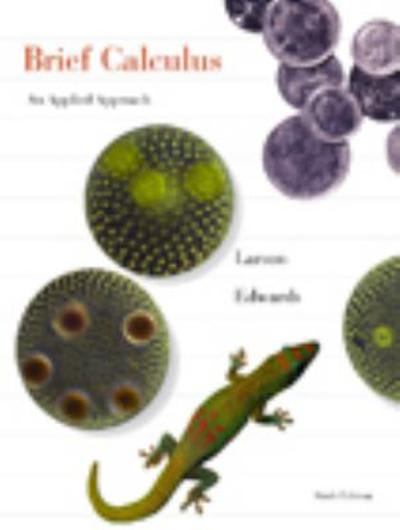Question
Would I use Factor analysis for the questions below 2. I want to develop a personality scale (inventory) based on items Q01 to Q50 (you
Would I use Factor analysis for the questions below
2. I want to develop a personality scale (inventory) based on items Q01 to Q50 (you may have more or less) in the data set. These are new items I developed. However, I am not sure how many constructs are measured nor how many items might measure each construct. I also don't know how well the items within a construct work to measure it. Identify the items and scales (groups of items measuring a single thing) I would use to build my scale. Dose a Principal Axis Factor analysis with varimax rotation. . DO NOT confuse the word "variable" with the word "factor". Variables are the items and factors are groups of items found to measure a single construct. Be sure to sort by size and suppress small coefficients (27 total points).
PASTE ALL SYNTAX FOR THIS ITEM HERE
A.What is the difference between an orthogonal and oblique rotation? (2 points)
Orthogonal refers to uncorrelated variables whereas oblique refers to correlated
ones.
B.Initial Model Exploration
a.Ask for the initial, extracted and rotated solutions
b. Ask for and interpret the KMO statistic (2 points).
c. Ask for and interpret the scree plot (1 point).
Show me your output
d.How many factors (or cohesive groups of items) are there and how do you know. (2 points).
e.How much of the cumulative variance did your model account for after rotation? (2 points)
f. Interpret your largest communality (first define it) OR if no communalities are generated tell me how you would interpret/define a communality in a way that makes sense to you. (2 points)
g.Examine the rotated factor matrix and interpret the first three factors (what constructs are they generally measuring). (3 points).
h.I only want 3 items per factor to build my scale. (Omit items whose factors had less than 3 items loading on it) On what basis would you select the items? (2 points)
Retain ONLY those items you selected for the next follow-up factor analysis. Remove the items that were poor measures of their factor. (2 points).
Re-Run your factor analyses with the poor items removed in order to obtain your final model and show me your output. Re-Run your analyses to obtain your final model and show me your output.
C.Final Model
i.How many factors (or cohesive groups of items) are there now and how do you know. (2 points).
j.How much of the cumulative variance did your model account for after rotation? (2 points)
k.Interpret your highest factor loading on your first factor (What is a factor loading and what does it mean). (2 points).
l.Label the first factor with a descriptive term based on what it measures. (3 points).
Bonus extra credit - Run an internal consistency reliability analysis on one of your scales and tell me what it means (2 points)
Step by Step Solution
There are 3 Steps involved in it
Step: 1

Get Instant Access to Expert-Tailored Solutions
See step-by-step solutions with expert insights and AI powered tools for academic success
Step: 2

Step: 3

Ace Your Homework with AI
Get the answers you need in no time with our AI-driven, step-by-step assistance
Get Started


